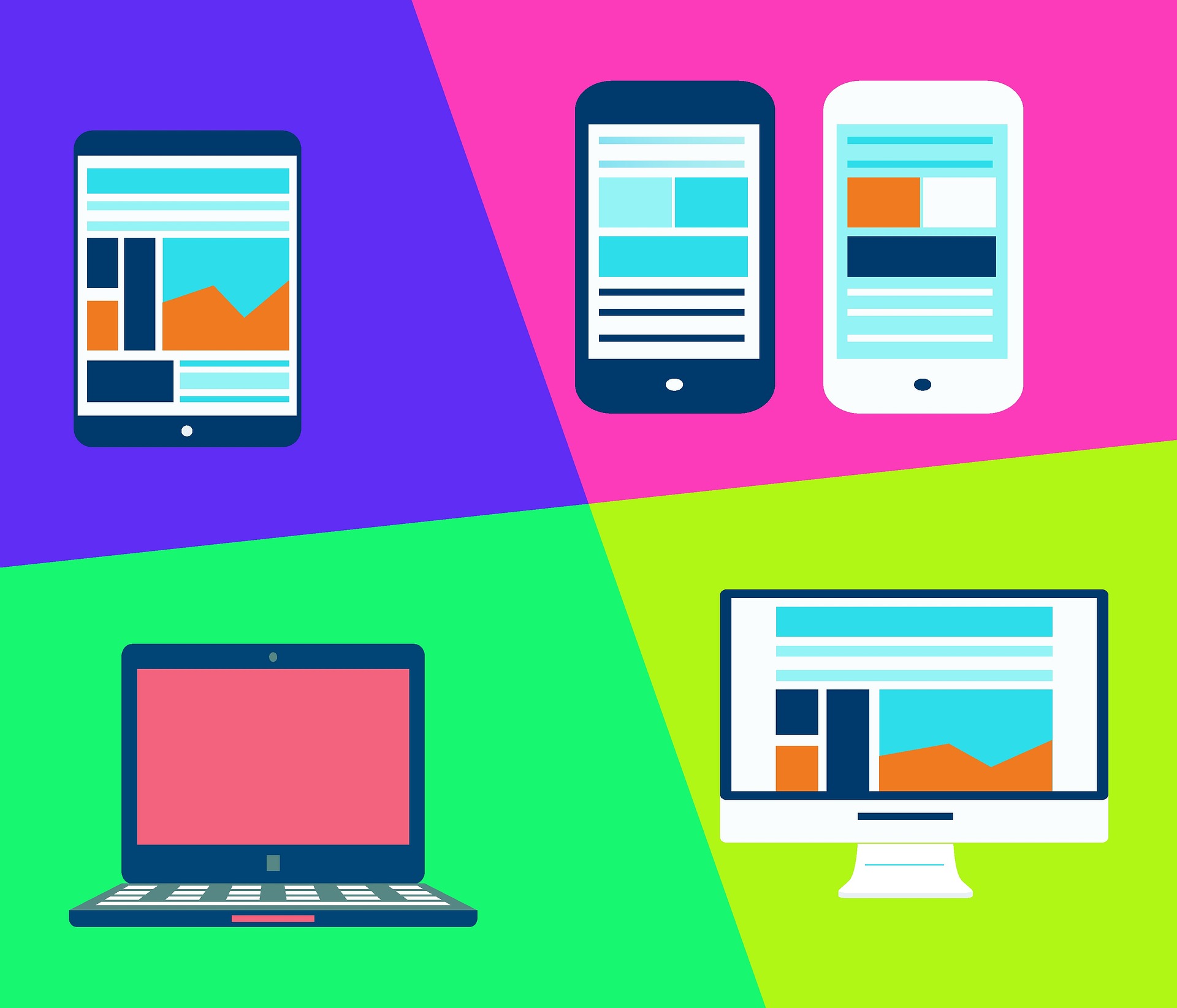Today lots of designers mention proficiency in UI/UX design in theirs CVs. But, there’s just this one thing… Let’s say that combining those two together might not be the best idea. Why so? Read on to know!
A few weeks ago we have talked about UI design, but let’s refresh our memory a bit:
What’s UI?
Source ontheverge.co.za
It’s an abbreviation for User Interface. Meaning, interface that was designed especially to ease user’s interaction with a device, machine, app etc. Take a look at your cellphone or at the laptop screen with buttons – they all have a unique purpose.
Nonetheless, UI is not only about how it looks, but also about how it works. UI design focuses on creating simple and logical interfaces to minimize the amount of time user spends at any action. Developers have a hard time conjuring interfaces that would make a life of user easier when using a product (software, website, app or game).
Despite all that hard work, UI alone is not enough to deliver a throughout user interface for a specific product. Behind it lays a lot of collecting and analyzing data, endless testing, studying of users’ behaviors, their emotions and reactions as they interact with a product.
Now that we covered UI, what’s UX?

When humans interact with any systems, they feel and react in a certain way. This is what we call a User Experience or UX.  User’s feelings and reactions while exploiting a product (software, website, app or game) are the essence of User Experience. Basically, UX is what user perceives while using software, an app or a website.
Whether it’s interface development or usability testing – everything is oriented on User Experience. The process of listing specifications for the project begins only after the target audience and characteristics for a prospective user have been determined.
There are several steps in constructing UX:
1. Understanding who is your target audience and what it wants and expects from your product.
2. Defining performance capabilities of prospective users: What devices are popular within the majority? How to reach the responsiveness? In what environment would your product be used?
3, Developing a user-friendly structure of navigation and thought through user interface arrangement.
4. Finally, layout and product design. Working on turning a product into a source of useful information and entertainment.
What can we make out of this?
Despite the tight connection between those two notions, they do not mean the same thing. Turns out UI is actually a part of UX.
Even if your interface design is strong, the User Experience itself may be weak, and vice versa.
Usually, designers work on UI, while UX is studied and worked on by a whole team of developers, analytics, market specialists etc. In order to deliver the awesomest product ever professionals from both fields should be a part of the project.



